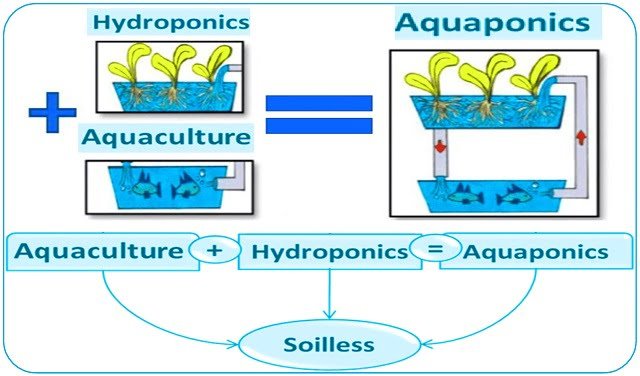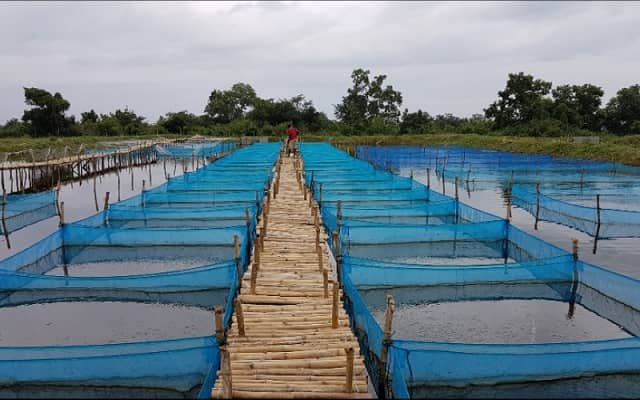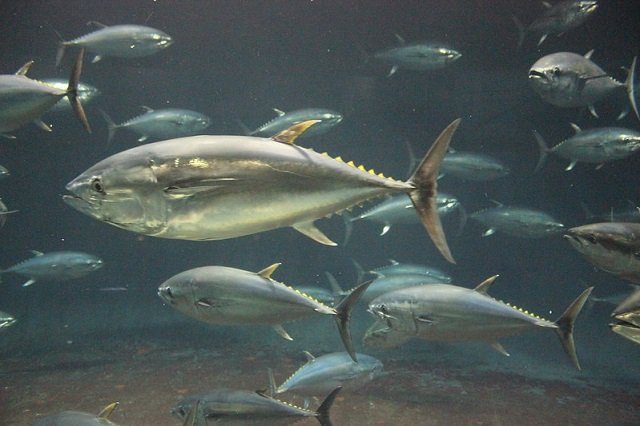
Nile tilapia aquaculture in biofloc technology offers a sustainable cultivation method. But, how many fish should you raise in your tanks to achieve maximum profit?
A new study by researchers from the University of Rajshahi, Palli Karma-Sahayak Foundation, and the Bangladesh Fisheries Research Institute evaluated the effects of different population densities of Nile tilapia (Oreochromis niloticus) at the growth stage raised in biofloc technology (BFT).
They assessed water quality parameters, growth performance, survival, production cost, gross income, and biofloc profitability to establish an optimal population density.
The Experiment: Population Density Matters
While BFT offers numerous advantages such as feed reduction, increased stocking density, and improved fish health, a key question remains: What is the ideal population density for tilapia in a biofloc system? Too few fish, and production won’t be maximized. Too many fish, and water quality may be affected, impacting fish health and profitability.
Researchers in Rajshahi, Bangladesh, conducted a 90-day experiment to determine the ideal population density for Nile tilapia in biofloc tanks. They tested three densities:
- T1: 200 fish per cubic meter (m³)
- T2: 150 fish per m³
- T3: 100 fish per m³
Each density had three replicated tanks for a total of nine tanks. All fish started with similar weights and were fed a high-protein diet twice a day.
Balancing Growth and Gains
The study revealed interesting trade-offs between stocking density and key performance indicators:
- Growth: Lower population densities (T3) resulted in the fastest average daily growth (ADG) and specific growth rate (SGR). However, this didn’t translate into the highest overall yield.
- Yield: Tanks with medium population densities (T1 and T2) produced the highest average yield per hectare over the three months.
- Profitability: The intermediate density (T2) emerged as the most profitable option. This is because T2 achieved a good balance between total yield and the proportion of fish reaching larger, potentially more valuable market sizes.
Key Findings for Fish Farmers
- Population density significantly affects both fish growth and overall yield in tilapia farming with biofloc.
- While lower densities promote faster growth of individual fish, they may not maximize total production.
- Intermediate population densities may offer the ideal balance between growth and yield, leading to higher profitability, especially if larger fish command a higher price.
Economic Considerations
The study highlights the importance of considering market factors. If larger fish fetch a higher price, overall slightly lower yield with a higher proportion of larger fish (as in T2) may be more profitable.
Stay Always Informed
Join our communities to instantly receive the most important news, reports, and analysis from the aquaculture industry.
The intermediate density (T2) with 150 fish per m³ emerged as the most profitable option. This group achieved a higher average net profit (over 1.2 million Bangladeshi taka per hectare) and a better cost-benefit ratio (BCR) compared to the other groups.
Conclusion
This study underscores the importance of finding the optimal population density for your biofloc tilapia operation. While faster individual growth might seem ideal, maximizing total production and profitability is crucial for success. For this particular setup, a population density of around 150 fish per cubic meter appears to be the optimal point, balancing growth with overall yield and economic gain.
Further research could explore the interaction between population density, water quality management, and feed formulation further to optimize biofloc tilapia farming for profitability and sustainability.
By understanding the impact of population density, tilapia producers can make informed decisions to maximize their performance and profitability within a biofloc system.
Contact
Mahmudul Hasan Mithun
Bangladesh Fisheries Research Institute, Floodplain Substation, Santahar, Bogura, BANGLADESH
E-mail: mithun3622bsmrau@gmail.com
Reference (open access)
Kobir, M. H., Hossain, M. A., Hossain, M. A., Dey, S. K., & Mithun, M. H. (2024). Biofloc based farming of Nile tilapia (Oreochromis niloticus) in tanks under different stocking densities. Archives of Agriculture and Environmental Science, 9(1), 118-125. https://doi.org/10.26832/24566632.2024.0901017
Editor at the digital magazine AquaHoy. He holds a degree in Aquaculture Biology from the National University of Santa (UNS) and a Master’s degree in Science and Innovation Management from the Polytechnic University of Valencia, with postgraduate diplomas in Business Innovation and Innovation Management. He possesses extensive experience in the aquaculture and fisheries sector, having led the Fisheries Innovation Unit of the National Program for Innovation in Fisheries and Aquaculture (PNIPA). He has served as a senior consultant in technology watch, an innovation project formulator and advisor, and a lecturer at UNS. He is a member of the Peruvian College of Biologists and was recognized by the World Aquaculture Society (WAS) in 2016 for his contribution to aquaculture.




